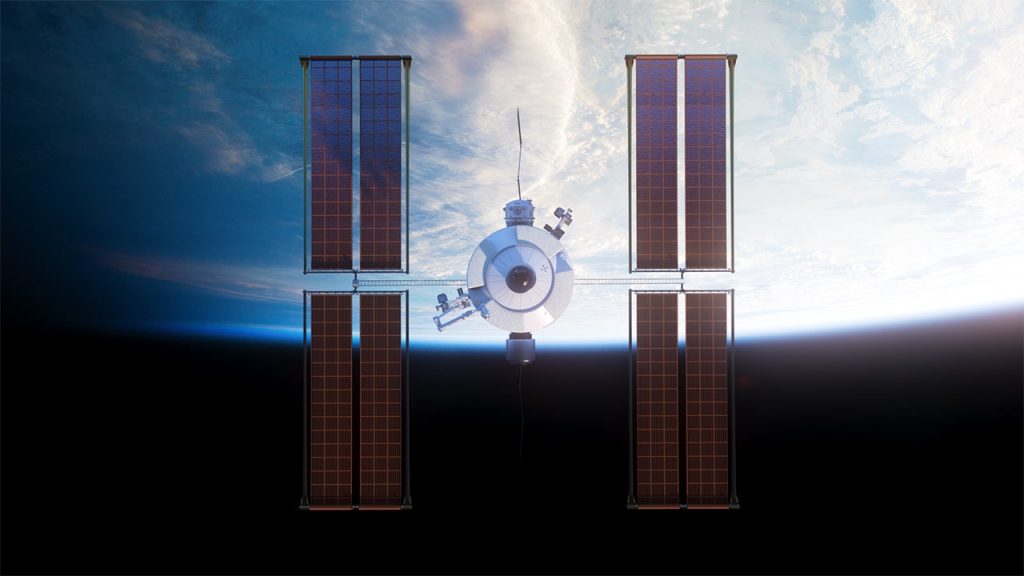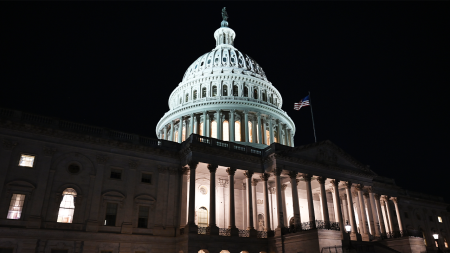The International Space Station was launched into orbit in 1998 with participation from the U.S., Russia, Japan, Canada, and 11 European countries, but China was left out of the plan. Nearly a decade later, China expressed interest in joining the station, with support from the European Space Agency and South Korea, but the U.S. ultimately opposed the decision due to concerns about sharing information with China that could provide them with an advantage. Congress passed a spending bill in 2011 prohibiting collaboration between NASA and China in certain scientific research fields, including in space. As a result, NASA is focused on China’s developments in space, including the construction of the Tiangong Space Station, and is working to ensure that it does not become the sole operator of a space station in orbit.
President George W. Bush announced in 2004 the retirement of the American-made space shuttle and the development of a new spacecraft, the Crew Exploration Vehicle, to ferry astronauts and scientists to the space station. However, delays and funding issues led the Obama administration to eliminate the constellation program in favor of supporting commercial companies building spacecraft. The shuttle program came to an end in 2011, and the U.S. was forced to rely on Russia for continued space travel until American-made rockets were available. NASA finally launched an American-made rocket in 2020, marking the first commercial rocket launch on U.S. soil.
As NASA faces the prospect of China becoming the sole operator of a space station in orbit, officials are working on a different strategy for competition in space. China has expressed openness to international cooperation with countries like Sweden, Russia, Italy, and recently launched its first International Payload on a Chinese commercial rocket. This could potentially force international partners and commercial companies to rely on Chinese resources for long-term needs in low Earth orbit. To remain competitive in space, some U.S. companies are developing technologies like robotic servicing ports to provide necessary supplies, fuel, and support for a servicing architecture that could bridge the gap between the decommissioning of the current space station and the availability of new commercial space stations.
Arkisys, a California-based company, is working on a robotic servicing port that could maintain a U.S. presence in space when the current space station is decommissioned and commercial stations are not yet operational. The port would allow for cargo transfer, fueling, and other capabilities to support a servicing architecture in orbit. This autonomous system could help facilitate the transition between space stations and ensure that the U.S. remains competitive in space exploration. As China continues to advance its space programs and establish a permanent presence in orbit, international cooperation and innovative technologies will play a crucial role in shaping the future of space exploration and research.















